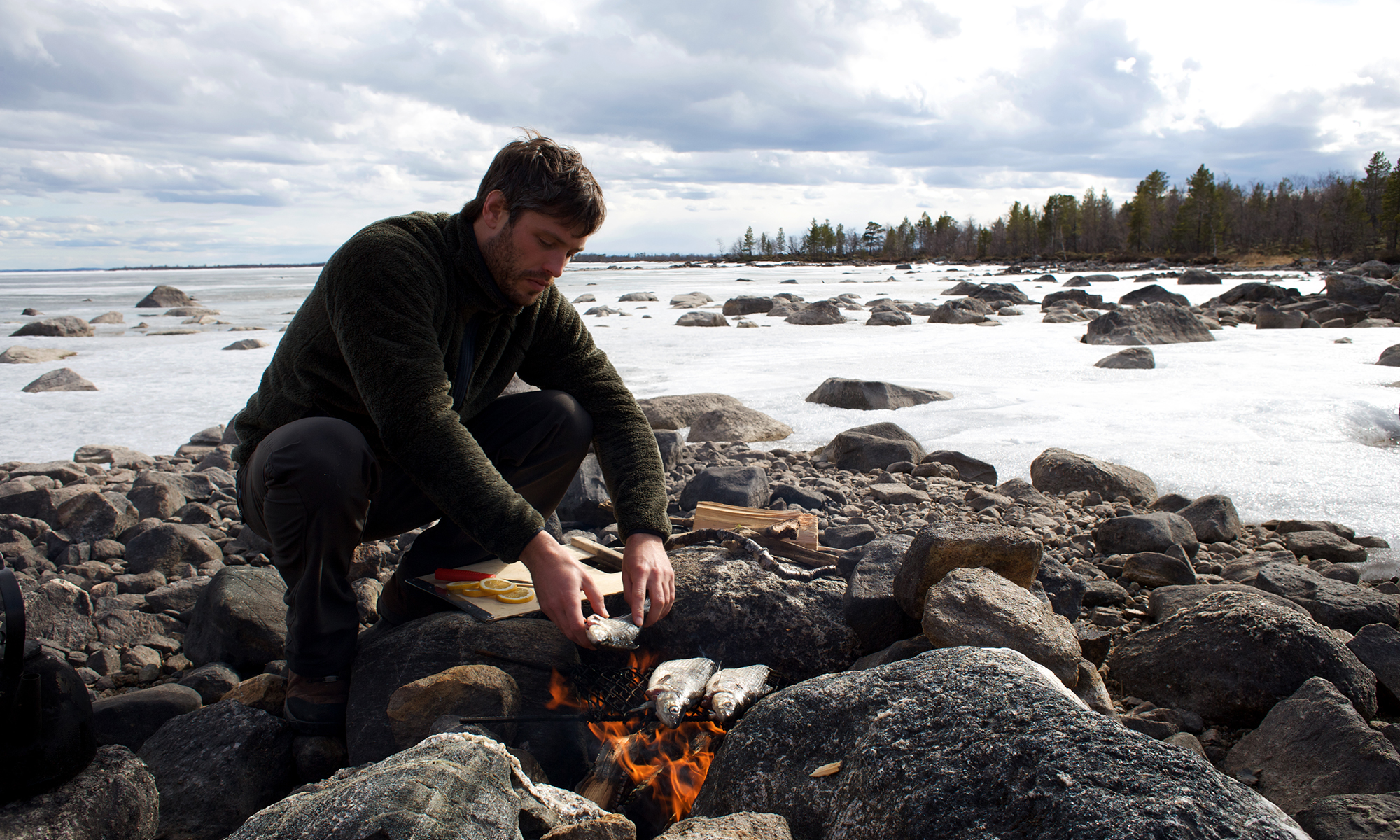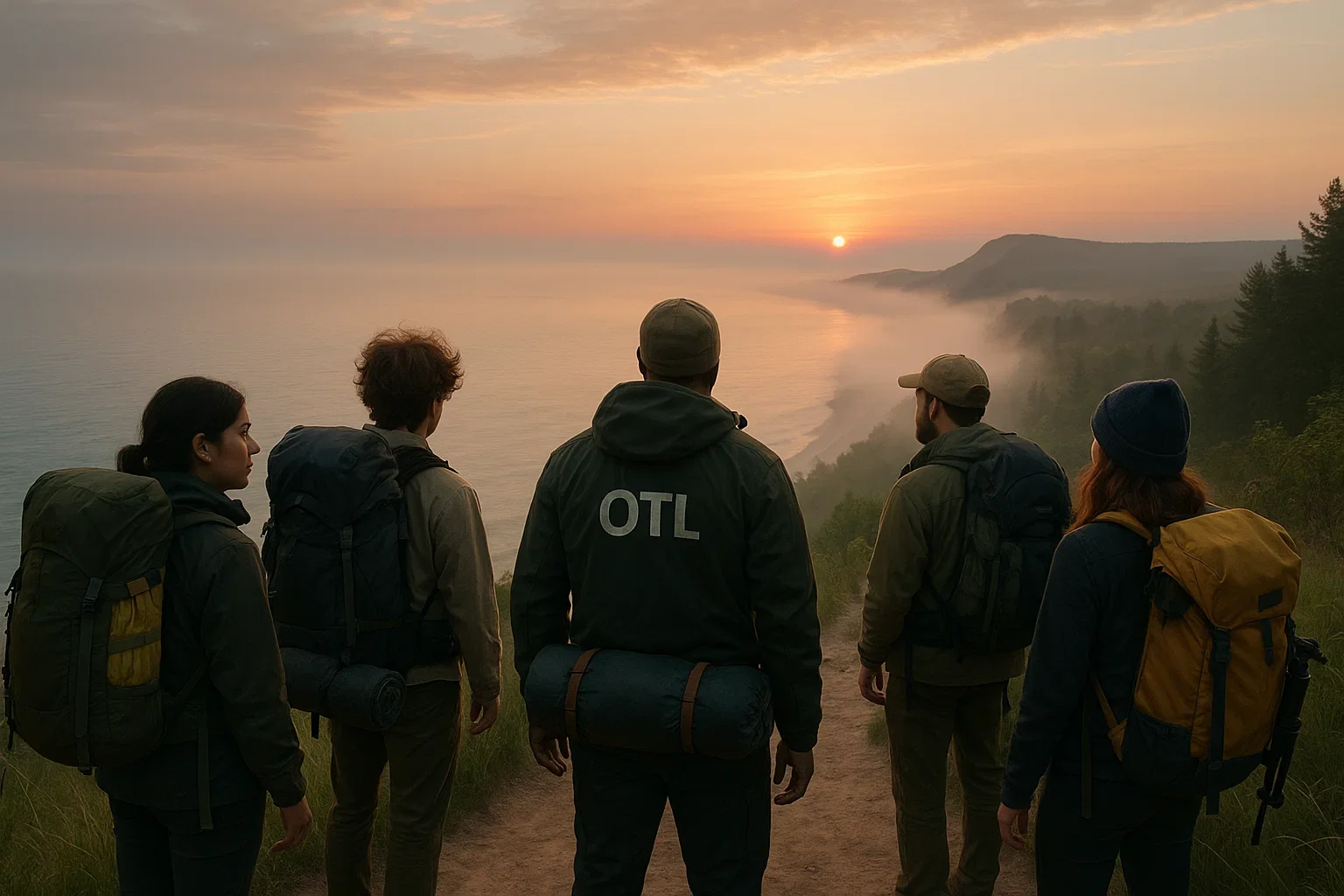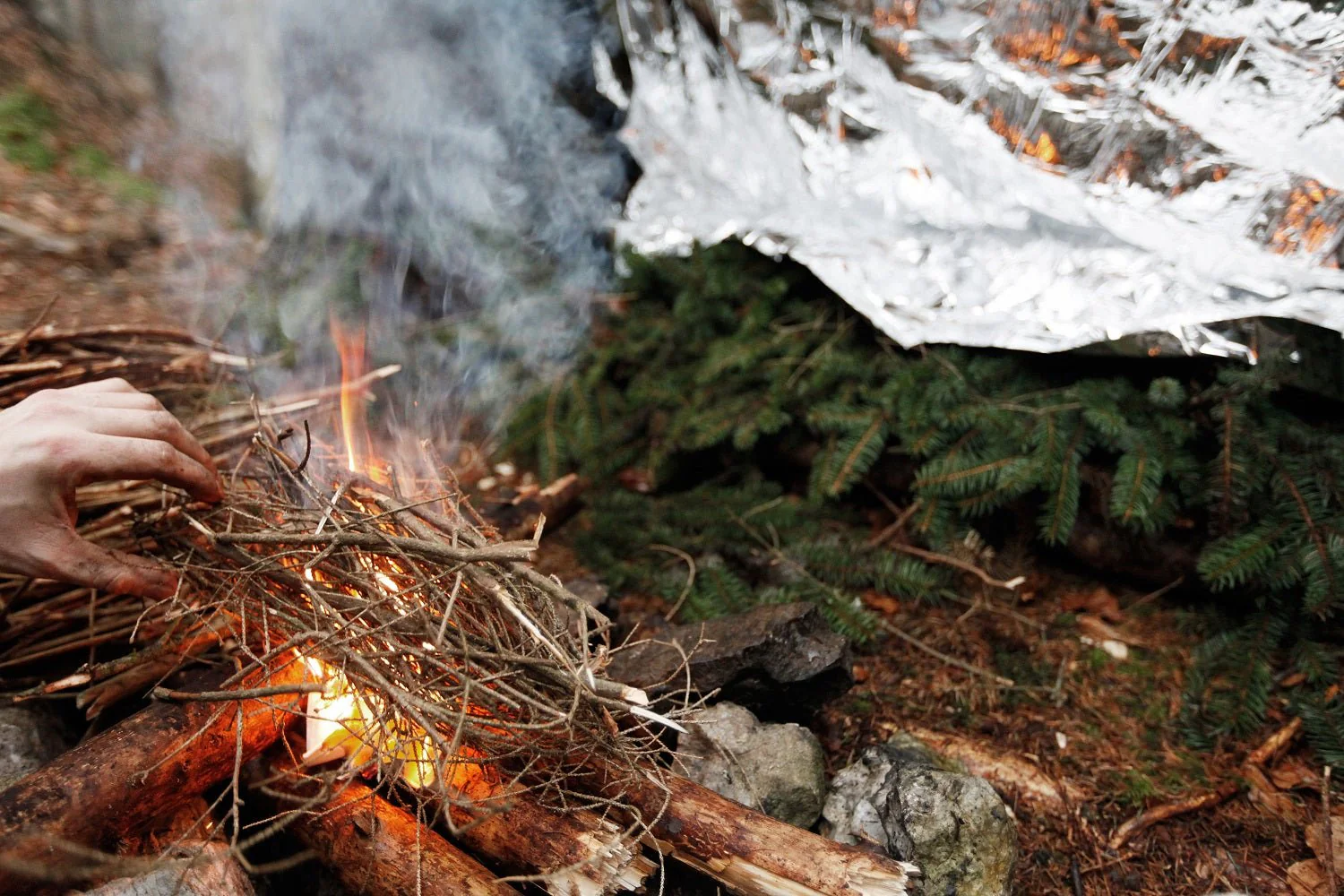While gear and physical fitness are vital, survival in extreme environments often comes down to mental strength. In high-stress situations—whether lost in a forest or stranded after a natural disaster—panic can be more dangerous than the elements. Psychological survival involves managing fear, staying calm under pressure, and maintaining focus through adversity. The human brain is wired for stress responses, but learning to control those reactions through breathing, positive self-talk, and task prioritization can significantly increase your survival odds.
One key technique is the S.T.O.P. method: Stop, Think, Observe, and Plan. This simple mental framework forces a pause, helping survivors avoid impulsive decisions. By taking control of your thought process, you can conserve energy, reduce mistakes, and make smarter choices. Mental rehearsal—visualizing your actions before performing them—can also help build confidence and clarity, especially when resources are limited.
Training your mind for survival should be part of every adventurer’s preparation. Whether you practice mindfulness, journaling, or scenario planning before your trips, cultivating mental resilience is a powerful tool. Survival isn’t just about battling nature—it’s also about mastering the internal struggle. In the wild, your strongest weapon may not be in your pack—it may be in your mindset.




